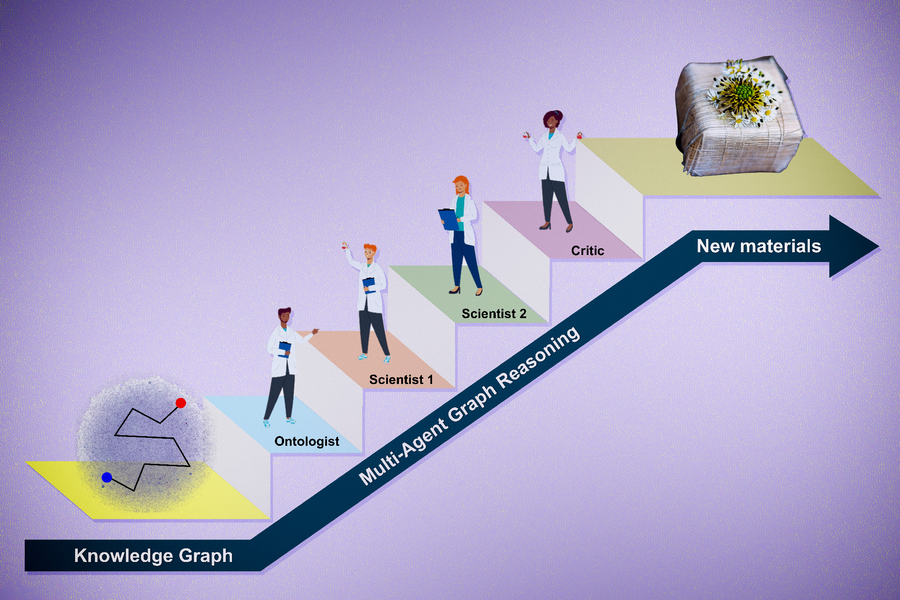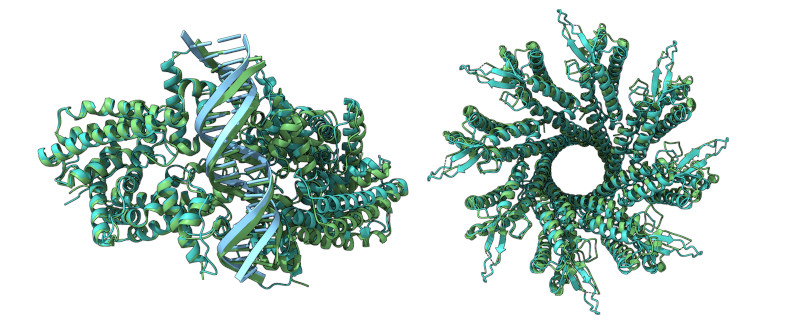The U.S. Department of Defense has released a report about China’s military growth, focusing on space and artificial intelligence (AI) technology, SpaceNews reports.
The People’s Republic of China (PRC) is using more satellites and AI to improve its military operations. Satellites help them watch U.S. and allied forces, and could aid in precise attacks. They combine satellite information with AI to spot weaknesses and guide missiles accurately.
China’s space program has grown rapidly. In 2010, they had 36 satellites, but by 2024, this number has jumped to over 1,000, with many for spying and tracking. “The PRC emphasizes the importance of space-based surveillance capabilities in supporting precision strikes,” notes the Department of Defense.
China has adopted “multi-domain precision warfare,” a strategy mixing AI, big data, and space tech for better military coordination. China’s People’s Liberation Army (PLA) wants to use information from different areas like land, sea, air, space, and cyberspace for exact military strikes.
Besides satellites, China is working on anti-satellite weapons and reusable space planes. This shows China wants to lead not only in military tactics and strategy but also in technology worldwide.
“The PRC is investing in digital infrastructure abroad, including next-generation cellular networks – such as fifth-generation (5G) networks – fiber optic cables, undersea cables, and data centers,” notes the report. “The initiative includes developing advanced technologies, such as satellite navigation systems, artificial intelligence (AI), and quantum computing for domestic use and export.”
Domestic production of critical technologies
“The PRC’s increasingly limited access to advanced technologies from the West may impede the PLA’s progress toward fully achieving an ‘intelligentized’ military,” says the report. However, and this seems a key point, “the PRC is pursuing domestic production of critical technologies to reduce reliance on foreign sources.”
The PRC also wants to pursue “human spaceflight and deep-space exploration missions – including to the Moon and Mars.”
The West and in particular the U.S. are well positioned to respond, but it seems wise to take China very seriously. What the incoming Trump administration in the U.S. will do remains to be seen.
I wish all readers a happy New Year! I’ll be back in January 2025. In the meantime, Conor will post some news stories, though at a less frequent rate.
Let us know your thoughts! Sign up for a Mindplex account now, join our Telegram, or follow us on Twitter.

.png)

.png)


.png)

